Thanks in large part to the actions of modern-era players like Chris Paul, LeBron James, Caron Butler and James Jones (among others), the NBA’s pension program has significantly improved in recent years. This greatly benefits the old-school players, who haven’t always seen eye-to-eye with the game’s modern stars.
NBA players have had a pension plan since 1965. Any player with at least three years of service in the NBA receives a monthly pension payment and access to other benefits (such as life-long healthcare coverage, a college-tuition reimbursement program and more). In order to accrue a year of service, a player must be under contract for at least one game during the NBA season (whether they’re active or inactive doesn’t matter).
According to the National Basketball Retired Players Association, after the changes in 2017, pensions increased by nearly 50 percent for players who start receiving payments at 50 years old – with corresponding increases for players who start receiving payment at later ages. Previously, the age-50 benefit paid out $559 per month per year of service. Now, it pays out more than $800 per month per year of service.
Also, the pre-1965 pension benefit amount (which is paid to players who were in the league before the pension plan was established) increased from $300 to $400 per month per year of service.
On average, former players are now earning an additional $300 per month, according to Scott Rochelle, the President and CEO of the NBRPA.
Players can start receiving payments as early as 45 years old, but the payments are reduced since they’ll be receiving the payments over a longer period of time. Players are encouraged to hold off on receiving payments until they’re age-62 (if possible) in order to receive the highest-possible payments.
A 62-year-old who played 10 or more years in the NBA will earn over $215,000 annually from his pension. For comparison, “a 10-year NFL veteran who retired prior to 1993 receives [a pension] of approximately $30,000-40,000 a year, pretax, at age 55,” according to the San Francisco Chronicle.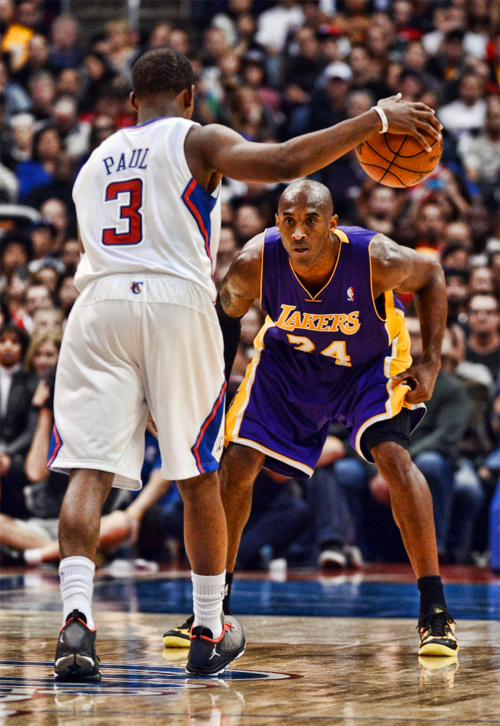 (The minimum that a retired NBA player will receive at age-62 is $56,988 annually, and that’s just for someone with three years of service).
(The minimum that a retired NBA player will receive at age-62 is $56,988 annually, and that’s just for someone with three years of service).
Making these improvements to the pension program required an additional $33 million annually in funding – a cost that the NBA and the current players agreed to split equally.
“The overall response that we received was great appreciation, relief and a sense of confidence that the retired players were being taken care of and still part of this family,” Rochelle said.
“It’s great to see that today’s players recognize how important it is to give back to these retired players in a major way,” said Caron Butler, who’s on the NBRPA’s Board of Directors. “I think it’s special. The retired players are happy because you sacrifice your body and give everything to this game, so to be appreciated on the back end speaks volumes. We’re so grateful to play for a league like the NBA that understands the importance of taking care of us and our families.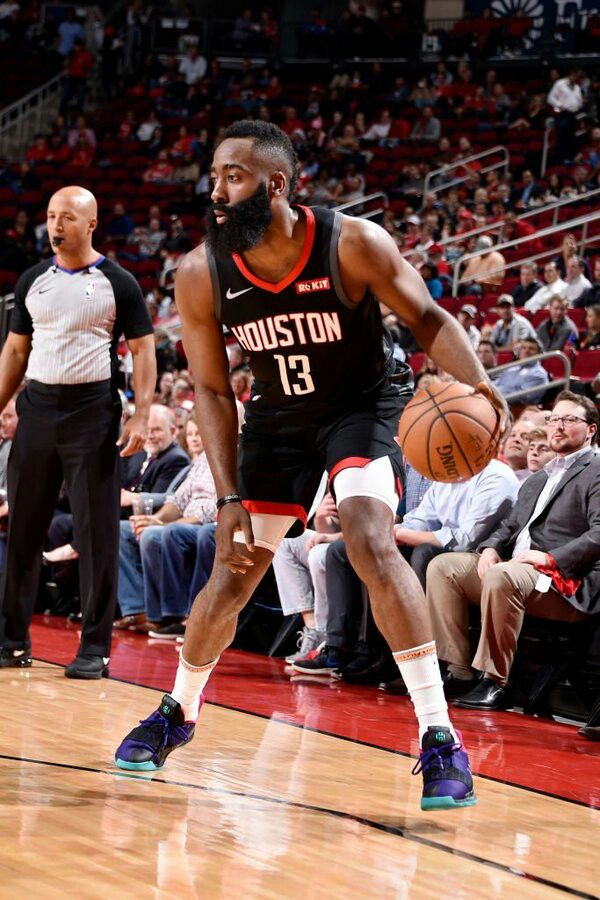 Once you’re part of this fraternity, it’s a lifetime thing.”
Once you’re part of this fraternity, it’s a lifetime thing.”
Retired athletes Caron Butler, Robert Parish, Sheryl Swoopes and Doug Williams. (Nelson Chenault-USA TODAY Sports)
EDUCATIONAL PROGRAMS
The college-tuition reimbursement program is another recent addition that’s helping many retired players. If a former player wants to go back to school and enroll in college courses, they can get their tuition reimbursed up to $33,000 annually.
“In addition to improving the pension program, they included an educational component with it as well,” Butler explained. “Now, retired players who didn’t finish their degrees can go back to the school and the guys who did get their degrees can further their education even more. They provided enough funding to make $120,000 available to every person who has ever played in the Association.”
As of September 30, 2019, there were 51 players who submitted pre-approval forms for tuition reimbursement and 28 had been approved.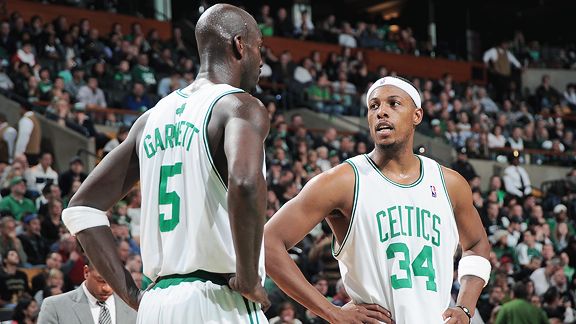 Since then, it’s estimated that more than 25 additional players have applied for the program.
Since then, it’s estimated that more than 25 additional players have applied for the program.
“Adonal Foyle earned a Master’s in Business Administration through one of our programs with Purdue Sports Global,” Rochelle said. “Vladimir Stepania earned a Master’s degree through Anaheim University through one of our programs. Adrienne Goodson, a former WNBA player, also earned a Master’s degree through one of our programs. It’s great because we know that we’re making an impact. And it really does help when we talk about those success stories because it pushes other retired players to take advantage of our services as well.”
“For many years, we’ve seen that once a player is no longer playing at a university, they’re done with you,” Butler added. “The scholarship is no longer good and you can’t pivot back to someday finish your education. Now, with this program, you’re able to go back and further your education and you’re going to get the financial assistance that you need.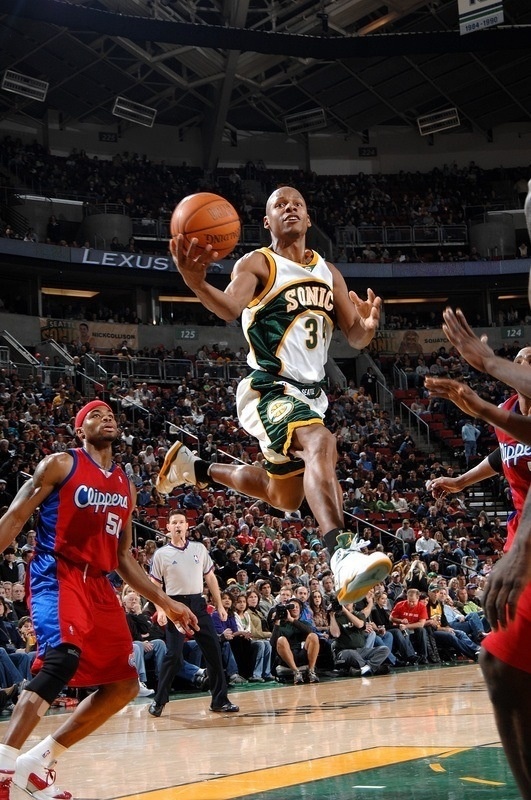 Not everyone walks away from the game of basketball with millions of dollars, so to have this financial support speaks volumes.”
Not everyone walks away from the game of basketball with millions of dollars, so to have this financial support speaks volumes.”
The NBA and NBRPA also have educational programs for active players and newly retired players that teach them how to be fiscally responsible. This – coupled with increased salaries and the fact that the NBA matches active players’ 401(k) contributions up to 140 percent – should lead to more players walking away from the game with significantly more money in savings.
“If you look at the sheer size of the contracts and compensation, plus the NBA matching 401(k) contributions up to 140 percent, they’re setting the players up to never ever be broke,” Rochelle said. “It helps when there’s a cultural push to make sure that players are doing the right things with the money that they’re earning. You see that now with players who are saving all of their game checks and just living off their endorsement money. Smart things like that are becoming more commonplace since there’s been a cultural shift toward fiscal responsibility.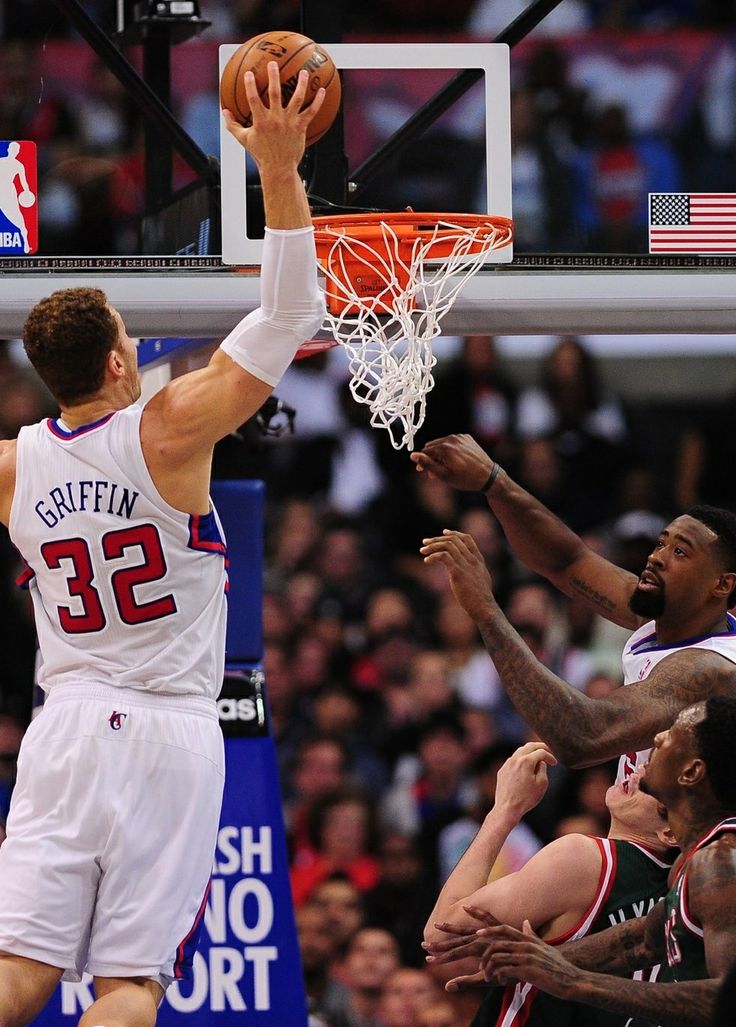 Nobody wants to show up in the headlines as a cautionary tale of a young athlete who burned all of their money. We’re seeing less of that, and I know we’re going to continue seeing that less and less because of the educational programs that we have now.”
Nobody wants to show up in the headlines as a cautionary tale of a young athlete who burned all of their money. We’re seeing less of that, and I know we’re going to continue seeing that less and less because of the educational programs that we have now.”
Retired NBA players Willis Reed, Walt “Clyde” Frazier and Earl “The Pearl” Monroe (Photo by Astrid Stawiarz/Getty Images for Hospital for Special Surgery)
HEALTHCARE FOR LIFE
When 13-year NBA veteran Earl “The Pearl” Monroe started experiencing health issues in 1991 – just one year after he was inducted into the Hall of Fame – he was told by the NBA and NBPA that they couldn’t help him. In the coming years, he would need more than 47 surgeries, but he was no longer eligible to receive health insurance through the NBA once he retired.
Fortunately, Monroe did qualify for health insurance through the American Federation of Television and Radio Artists since he had appeared in a number of TV commercials during his playing days.
But after struggling with his health issues and watching other retired NBA players pass away at a young age (including Darryl Dawkins at 58 and Moses Malone at 60), Monroe became one of many former players speaking out about why retirees desperately needed healthcare.
Monroe told HoopsHype that he and other retired players started pushing for this in the 1990s, but it wasn’t until 2017 that this change was made.
Now, after three years of service in the NBA, players receive healthcare coverage for life. Players with 10-plus years of service in the NBA receive coverage for their spouse and children too.
“With the addition of healthcare for retired players, we were elevated to a very admirable position within the entire sports industry because this just simply doesn’t exist anywhere else or any other sport,” Rochelle said. “We were able to do it, which really helped our older players see that they’re not forgotten.”
Butler hopes that the NFL (and others) will follow in the NBA’s footsteps.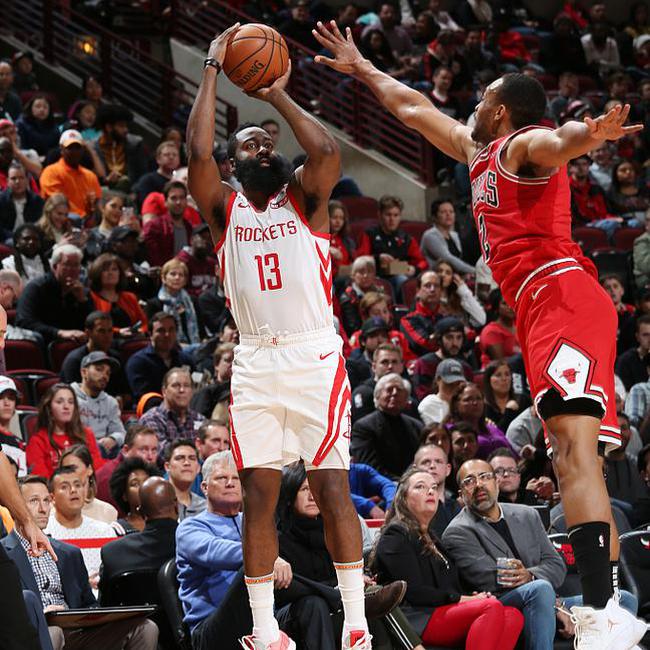
“I hope what we’re doing flows over to any union or other platform that needs this,” Butler said. “It’s important to take care of the folks who put so much into this and who moved the needle in the past. These platforms in the entertainment space have made so much money over the years, and I think it’s paramount that we take care of those people from the past and appreciate their impact and legacy. This goes for the NFL, hip hop and any other platform in the entertainment space. These people need to be taken care of and appreciated.”
Part of the reason why these changes finally happened is because some of the biggest names in the NBA got involved. Many retired players credit James, Paul, Kevin Durant, Stephen Curry and Dwyane Wade for making sure this got done (with behind-the-scenes assistance from players like Butler and James Jones too). It took more than 25 years of lobbying, but funding health insurance for retired players was finally approved in 2017 with unanimous support from the NBPA’s player representatives.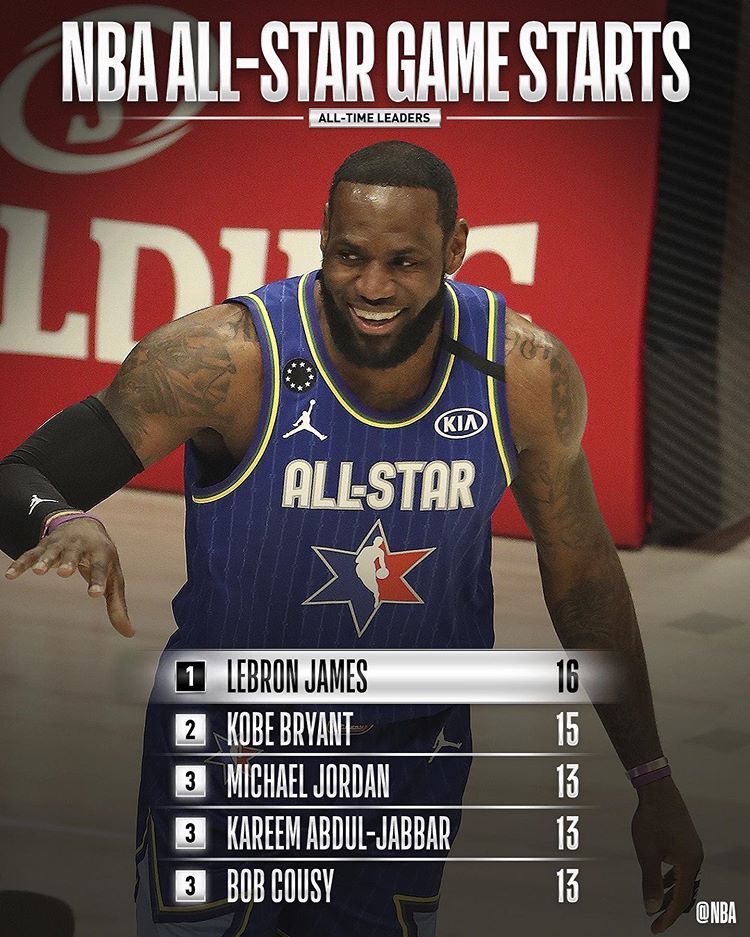
“I think that it’s very important to have the right people in position and have some of the biggest names involved to highlight the issues that haven’t been addressed for years,” Butler said. “They’re paving the way for the next wave of players. A lot of kids are watching and they’re seeing the initiatives that these stars are part of and the moves that they make, and they want to be like them in a way. This fraternity is small and you’re empowered and influenced by the people who come before you. Those are some of the biggest names in the game; I think the next wave of players will model themselves after those guys because they’re providing the new blueprint.”
“Now that we have superstars leading the union, it changes the complexion of the conversations that are had between the league and the union, and it gives the players a real leg up when it comes to credibility and getting some of the things that they’re looking for,” Rochelle added. “As [NBRPA Chairman] Spencer Haywood has built relationships with Chris Paul, Kevin Durant and LeBron James, it’s really helped us.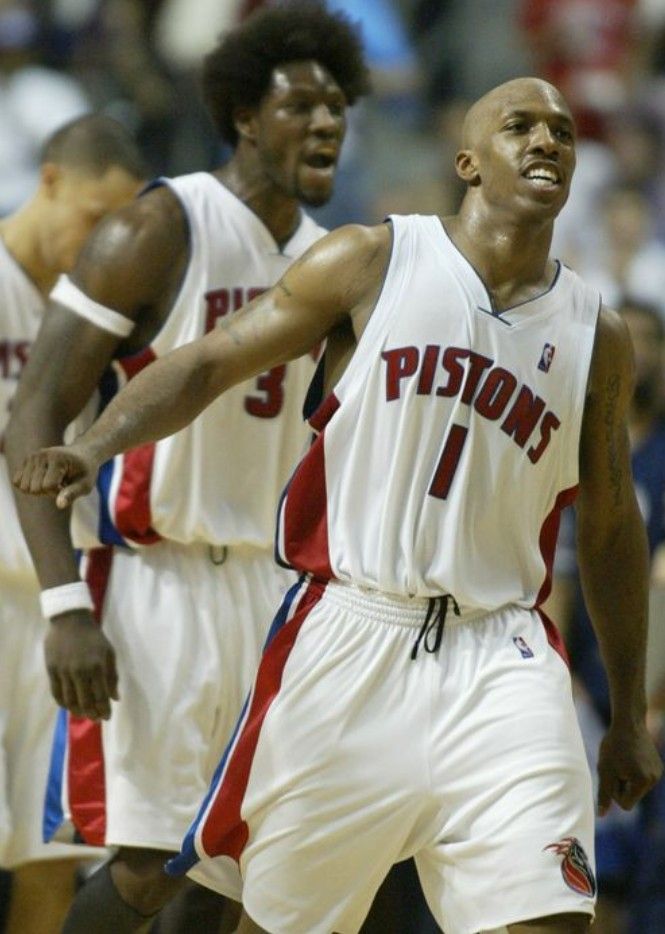 ”
”
Quite frankly, there were selfish reasons for active players to improve these benefits and programs too. After all, every single one of them will be a retiree at some point in the near future. After all, Father Time is undefeated. They will benefit from these changes in time, which is why it’s somewhat shocking that it took over 25 years for these changes to be made.
“LeBron James is going to retire one day and he may possibly be the greatest all-around basketball player that we’ll see in this lifetime,” Butler said. “Everybody is going to retire at some point! Unless you want to sit at home and do nothing – and I don’t think anyone wants to be in that position – you have to start preparing for what’s next. The game of life is so long. If you make sure you’re prepared for life after basketball while you’re still playing, you’ll hit the ground running once you retire rather than tripping over your own feet.”
Retirement is a part of anyone’s life, even the seemingly superhuman athletes. No matter how much jumping and dunking basketball players do in their prime athletic life, at some point, they’d have to hang up the sneakers for good. After retirement, NBA players have pension plans in place, but have you ever asked yourself, “How do NBA pensions work?”
No matter how much jumping and dunking basketball players do in their prime athletic life, at some point, they’d have to hang up the sneakers for good. After retirement, NBA players have pension plans in place, but have you ever asked yourself, “How do NBA pensions work?”
In this article, we will learn about the finer points on NBA pensions, the NBA retirement age, NBA player benefits, maximum NBA pension, and so forth. The NBA has one of the most generous pension plans in the world, so it will be interesting to know how NBA pensions work.
Do NBA Players Get Paid After They Retire?Every case is different, and we’ll try to go about various scenarios in this section.
First, what if a player retires in the middle of a live contract just for the heck of it? In that case, they would no longer receive the remaining money in their contract. Keep in mind, though, that this rarely happens. Most players retire because of injuries, but a healthy player in the middle of a multimillion-dollar contract does not just leave money on the table like that.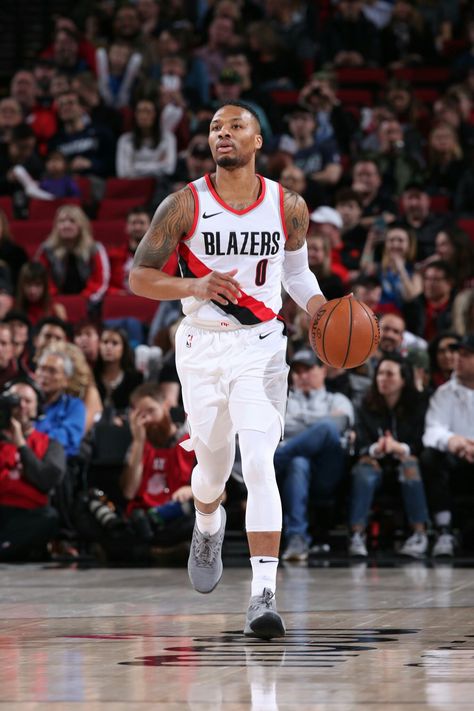
A possible second scenario is, what if a player retires in the middle of a live contract because of medical reasons? What if he suffers a career-ending injury? In that case, he would still be owed.
A great example of this is Allan Houston. Houston signed a nine-figure deal with New York back in 2001. He maintained steady performances for two seasons but then got injured into the third year of his contract. Houston did not get well enough to play competitive basketball that he was forced to medically retire in 2005. Up until 2007, the guy was still one of the highest-paid players a couple of years into his retirement
Now, the third scenario is similar to the second, with minor differences in specifics. So, here’s the deal. Suppose a player is in the middle of a live contract, gets injured, and the team doesn’t want him taking a roster spot, so they asked him to retire. The player doesn’t want to, believing that he could still play.
What are the team’s options in this case? Well, before, the NBA had something called the amnesty clause. The amnesty clause allows the team to waive the player so that his salary does not go against the cap. However, the team STILL has to pay the remaining salary in his contract. (The amnesty clause was used after the 2011 lockout and is not in effect today.)
The amnesty clause allows the team to waive the player so that his salary does not go against the cap. However, the team STILL has to pay the remaining salary in his contract. (The amnesty clause was used after the 2011 lockout and is not in effect today.)
Then, there was something called the stretch provision. If a team elects to “stretch” a player, “the player’s remaining protected compensation is stretched over twice the number of years remaining on the contract plus one more year,” according to CBA Breakdown. It does not, however, take the salary off the cap. This provision is still in effect today.
A notable player who was “stretched” was Monta Ellis. Ellis is still on the Pacers’ books for $2.2 million through 2021-22 and is still attempting an NBA comeback. Examples of players still in NBA teams’ books because of the stretch provision are Luol Deng, Larry Sanders, Chris Bosh, and Timofey Mozgov. The Celtics still owe Kevin Garnett through 2022-23 because of their deferred salary agreement.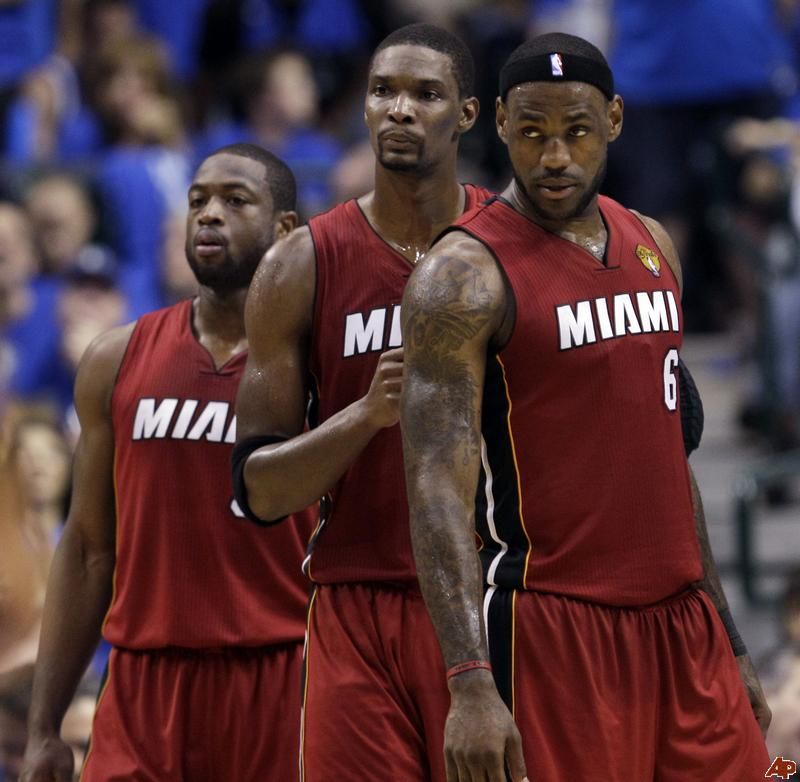
All in all, here are two points to remember in this section. One, a retired NBA player still gets paid, especially if he is retiring because of injuries. Two, if he is not injured and retires, then he won’t get paid.
What is the NBA Pension?As you may know, a pension is defined as a fund that an employer commits to the employee taken during the latter’s working years. The purpose is that the fund can support the employee during his retirement in the form of periodic payments.
In the NBA, that same concept is at work. The NBA’s pension plan has been revamped through the years, but it has become one of the most generous thanks to the NBPA leaders. The NBA grants a minimum pension for anyone who has played at least three years in the league and a maximum pension for a player with at least 10 years of service.
Qualified NBA players may choose to receive pensions as early as 45 years old. However, they are encouraged to hold that off until 62, in which they can receive quite a hefty sum depending on the years of service.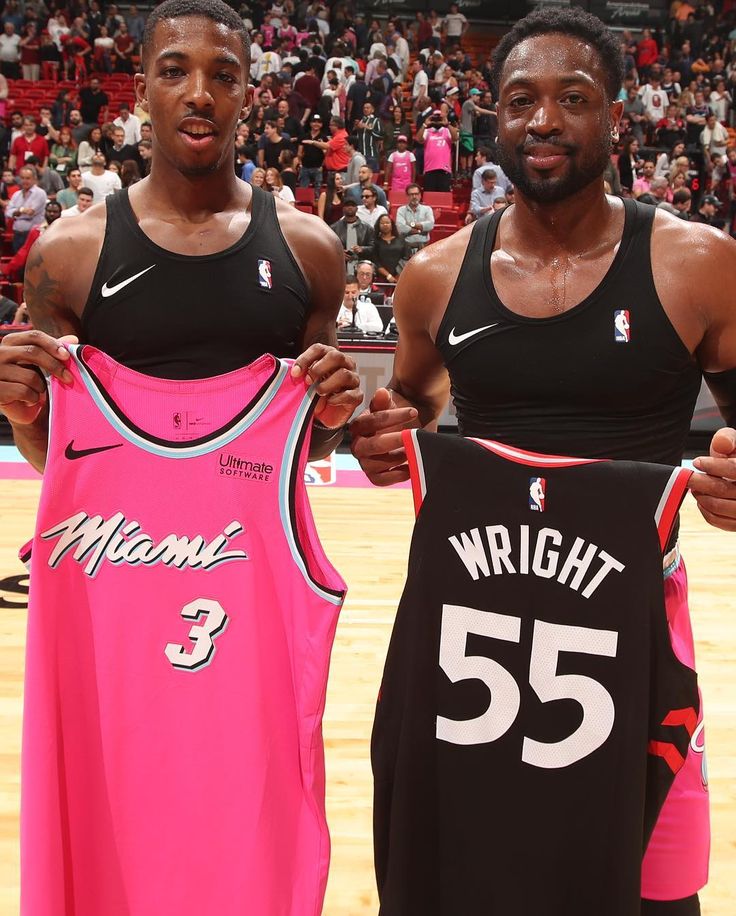 How much is the NBA retirement pension? A former three-year NBA player opting in at 62 could secure nearly $57,000 a year, while a 10-year vet opting at the same age pockets over $200,000 annually.
How much is the NBA retirement pension? A former three-year NBA player opting in at 62 could secure nearly $57,000 a year, while a 10-year vet opting at the same age pockets over $200,000 annually.
NBA players may receive monthly pensions and other benefits if they have at least three years of NBA service. What accrues a “year of service” is not actually a whole year or a season. A player must only be in a contract for at least one game during the season, and it doesn’t matter if he actually played or not.
Since 2017, the NBA pension has increased substantially. Previously, if a player chooses to receive pension payments at 50 years old, he gets $559 per month per year of service. Today, that amount is at $800. Retired players who qualify for an NBA pension may opt-in at 45, but they’ll be receiving much lower payments than someone who opts in at 62 years old.
As the previous section mentions, a 10-year NBA vet opting in his pension at 62 years old is in line to receive $215,000 annually.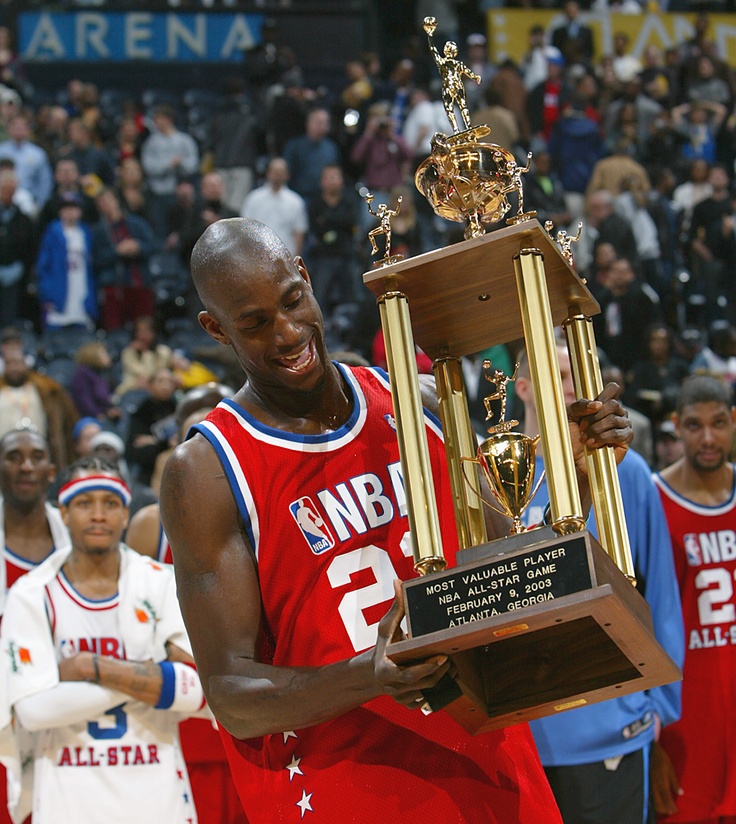 Compare that to a 10-year NFL player who retired before 1993, and it’s a maximum of only $40,000 pre-tax.
Compare that to a 10-year NFL player who retired before 1993, and it’s a maximum of only $40,000 pre-tax.
The benefits do not stop there. Aside from the pension program, there is a pretty cool educational program as well.
This is how it works. If a retired NBA player wants to go back to school and earn a degree, their tuition can be reimbursed by up to $33,000 annually. A handful of NBA vets like Vladimir Stepania and Adonal Foyle earned college degrees through this program.
Another benefit for retired NBA players is lifetime healthcare insurance. Retired three-year NBA vets will receive lifetime healthcare, while the 10-year guys will also have their spouses and children covered.
How Long Do You Have to be in the NBA to Get a Pension?You have to play three years in the NBA to qualify for a pension.
However, the rules regarding a playing “year” are understandably not too strict. A player who’s in a contract for ONE game in the NBA player, whether he’s activated or not, is counted to have played ONE year.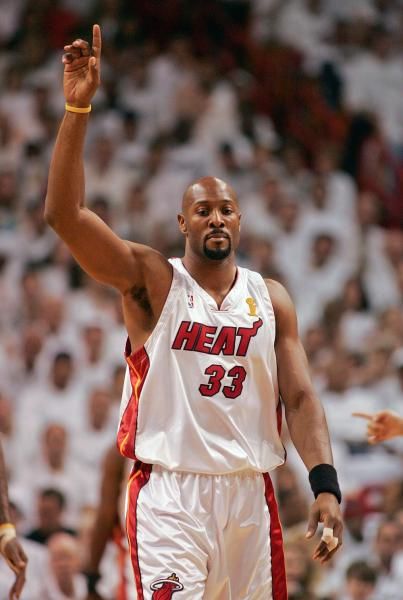 From that perspective, even if you’re riding benches or are basically just a practice player for the season, you will still reap the benefits in the long run. Players under 10-day and two-way contracts have a chance to be eligible for a pension.
From that perspective, even if you’re riding benches or are basically just a practice player for the season, you will still reap the benefits in the long run. Players under 10-day and two-way contracts have a chance to be eligible for a pension.
The NBA pension after 10 years of service is considerably higher than the three-year guys. It is almost four times as much, plus they receive educational benefits and lifetime healthcare, their families included.
What is the Average NBA Retirement Pension?There is no current data on the average NBA retirement pension since retired players may choose to receive pensions starting at 45. Some hold off pension payments not long after that, while some put off pension until 62 years old.
With that being said, let’s summarize the numbers on NBA pensions:
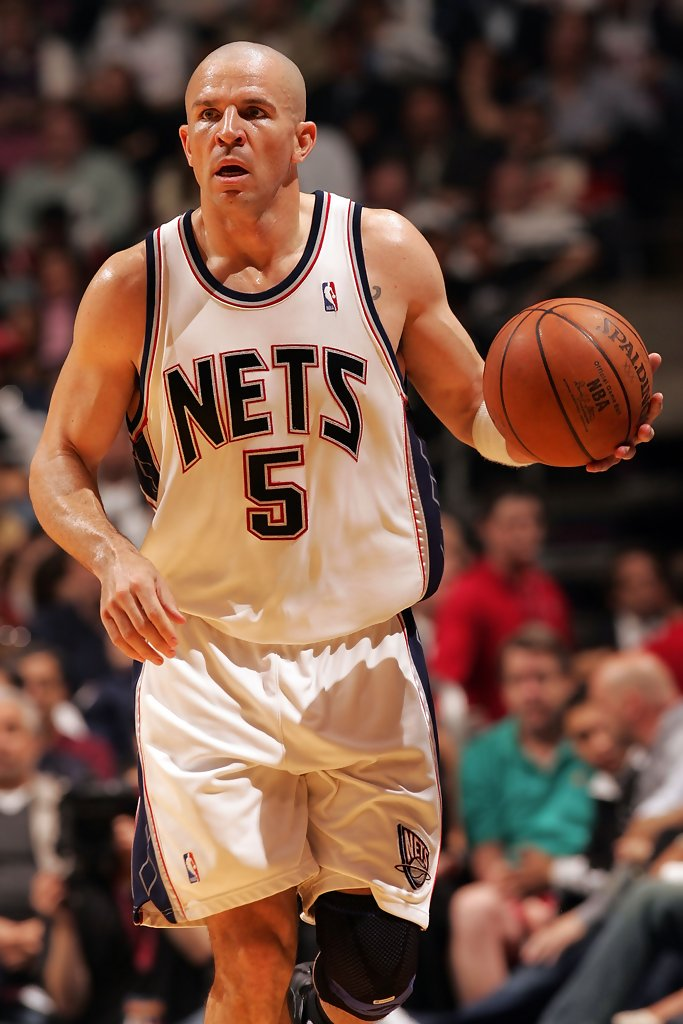
The NBA retirement age is all over the place, but unless someone retires prematurely for health reasons, many NBA players retire well into their 30s. In some instances, players reach 40 before hanging up the sneakers for good.
Some of the most notable NBA greats who retired in their 40s are Michael Jordan, Tim Duncan, Kareem Abdul-Jabbar, Vince Carter, Charles Oakley, and Jason Kidd. The oldest current NBA player is Udonis Haslem, at 41 years old. Carmelo Anthony and Andre Iguodala are both 37 years old, and LeBron James will be there too come December.
While some reach the wise, old sage status, many also cut their careers short because of injuries. Some of the youngest NBA players to retire are Andrew Bynum (26 years old, knee injuries), Brandon Roy (27 years old, knee injuries), Bobby Hurley (27 years old), and Greg Oden (28 years old, knee injuries).
Some of the youngest NBA players to retire are Andrew Bynum (26 years old, knee injuries), Brandon Roy (27 years old, knee injuries), Bobby Hurley (27 years old), and Greg Oden (28 years old, knee injuries).
When you play professional sports, two things are almost guaranteed. One, you will retire at some point, and two, you will retire relatively young, at least compared to people working in other industries.
Here’s the deal. In the NBA, even when you’re in the middle of a live contract, you will get paid all of your money as long as you retire due to health reasons. The owners probably think it’s unfair, but the players do the literal heavy lifting, so that’s how it is. (A player won’t get paid if he simply decides to quit and retire without any reason.) Because of that rule, many NBA players are still owed money even when they are out of the league for years or already retired.
Now, here’s what we need to know. Every retired NBA player who has three years of experience under his belt is up for a pension. (Under the NBPA rules, if you are under contract for just ONE NBA game, whether active or inactive, it counts as a year played.)
Every retired NBA player who has three years of experience under his belt is up for a pension. (Under the NBPA rules, if you are under contract for just ONE NBA game, whether active or inactive, it counts as a year played.)
And also know this for a fact: Out of all major American sports, the NBA has the most generous pension plan. While it has been already in place since 1965, the league and the players agreed to up the ante on their pension plan in 2017.
How much is the NBA retirement pension? It entirely depends on the total years of service and the age at which the player opts to receive the pension. Retired NBA players may choose to receive monthly pensions beginning at 45 years old, but they are encouraged to put it off until 62 years old. Why? Because they will receive a much more considerable sum that way.
For example, a player with three years of NBA experience gets nearly $57,000 per year if he opts in at 62 years old. Someone with over 10 years of NBA seasons under his belt collects $215,000 annually.
What if a retired player chooses to receive pensions at 50 years old? One thing’s for sure, it may not be a fortune compared to what he will receive at 62, but it’s not too bad, either. At that age, he receives over $800 per month per year of service.
With all that being said, the benefits ex-NBA players receive do not end there. If a retired player chooses to return to school and enroll in college courses, he will have his tuition reimbursed for up to $33,000 annually. Aside from that, all retired players obtain lifetime healthcare. The retirees with at least a decade of NBA experience may also include their spouses and children in the healthcare benefit.
On these grounds, we can safely conclude that the NBA player benefits for the retirees are among the best in any industry. Not only do the current crop of players benefit, but the older generations even had their pensions increased by as much as $400 per month. Of course, the maximum NBA pension reserved for players who have long years of service still dwarfs the pensions of retirees who barely qualify (minimum three years of service). But then again, that’s always how it is.
But then again, that’s always how it is.
We hope that this article helped you understand how do NBA pensions work and much more. We are also glad to give you information on the typical NBA retirement age, how much is the NBA retirement pension, and other facts.
Because you read this post, you might also be interested to know what NBA players do after they retire here.
We count other people's millions.
Many people know that the NBA has a salary cap. It is set at $109.14 million for the 2019/20 season.
But not everyone knows that the salary cap is directly tied to the league's income. And with it - the salaries of all players. Basketball players make millions of dollars because the NBA makes billions of dollars.
8.2 billion, to be exact - that's how much the NBA expects to receive in the coming season in the form of "Basketball-related income" (BRI, basketball-related income).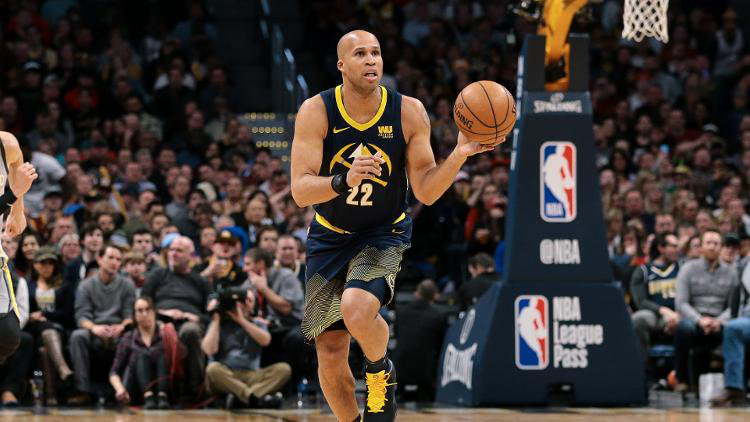 This BRI includes only $400-500 million converted from yuan, so don't worry: even a complete break in relations with China won't take more than five or six percent off the BRI.
This BRI includes only $400-500 million converted from yuan, so don't worry: even a complete break in relations with China won't take more than five or six percent off the BRI.
Under the 2017 Collective Agreement between the league and the players union, 50%* of BRI goes to players in the form of salaries.
* - actually not, but in order not to load the text with nuances, I will explain them in the comments.
There are 510 jobs in the league - each of the 30 teams can apply for 17 people.
51 NBA players - exactly 10% - will receive at least $20 million next season **.
** - and again I suggest going to the comments for those who want abstruseness.
The “Gini coefficient” and other indicators of financial inequality in the NBA as in a single economy look better than the global ones: if in the real world the richest 10% own 75-85% of all wealth (in the USA - 70-75% according to various estimates ), then in the NBA, the top 10% earn only 35% of all salaries.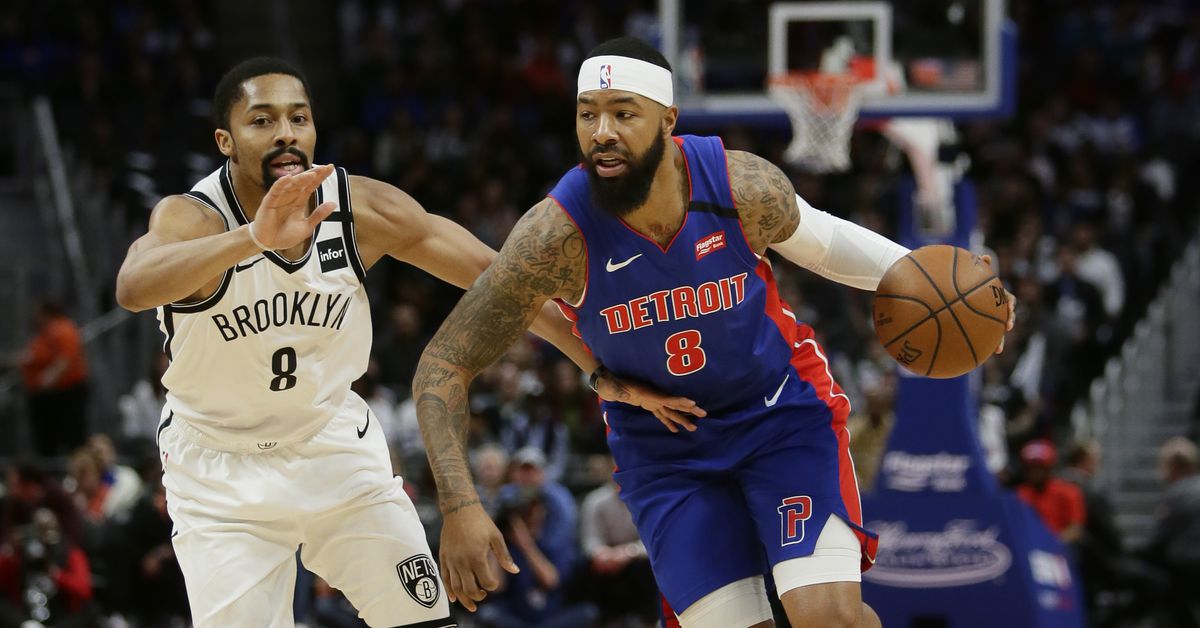
But even this 35% is more than one and a half billion dollars. Or, in other words, 1,655 NBA rookie minimum contracts.
Let's look at how this one and a half billion is distributed. For a round number, we will limit ourselves to the top 50 earning more than 20 million; The 51st player in the ranking with a salary of exactly 20 million is Indiana guard Malcolm Brogdon. If you go to the basketball section less than once a week, then most likely you don’t even know who it is. And he earns more than Aguero, James, Neuer or any Serie A player except Cristiano.
Who is not in this part of the rating? For example, Philadelphia's rising star Ben Simmons, who signed a five-year, $170 million contract this summer that won't take effect until a year later, is now playing on a "modest" $8 million rookie salary.
For the same reason, Utah leader Donovan Mitchell, Dallas' delightful Luka Doncic, or intimidating rookie Zion Williamson are not yet on the NBA's Most Valuable Players list. All of them still earn a fixed salary (depending on the number under which the player was taken in the draft), for which they need to play 4 seasons before claiming a luxurious life.
All of them still earn a fixed salary (depending on the number under which the player was taken in the draft), for which they need to play 4 seasons before claiming a luxurious life.
Who is in this part of the rating? Giannis. The current NBA MVP - and the future, according to some forecasts, too.
Greek-Frick did not make the top 40 for a number of reasons, the main of which is that the NBA does not revise existing contracts (with some exceptions that are so rare that they do not even deserve an asterisk and a footnote in the commentary). Antetokounmpo signed his contract back in 2016, by that time the Greek had never played in the All-Star Game, averaging 17 points and playing as the main point guard of the very weak Bucks (49losses in a season).
And Giannis, not so long ago a beggar teenager who sold souvenirs on the streets of Athens and ran in patched sneakers, was so grateful that Milwaukee believed in him that he did not insist on either a maximum contract or even a player option in the last year contract.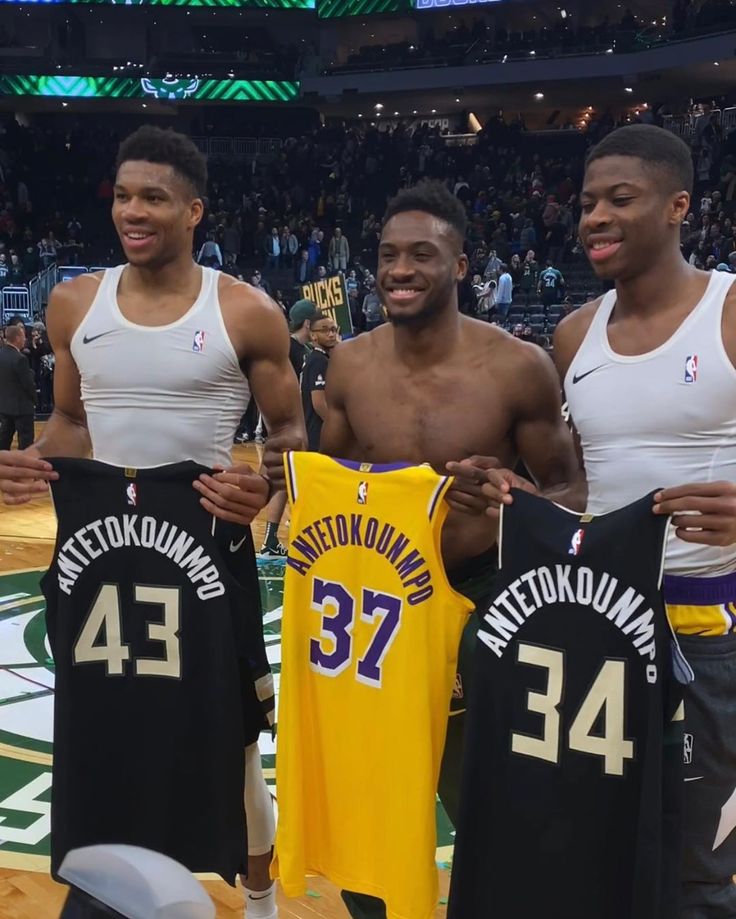 He was told that he would receive $100 million, and he was stunned by this amount - and it does not matter that at the same time as him, Stephen Adams also signed for exactly the same contract, whom Oklahoma renewed only in a panic from losing Durant.
He was told that he would receive $100 million, and he was stunned by this amount - and it does not matter that at the same time as him, Stephen Adams also signed for exactly the same contract, whom Oklahoma renewed only in a panic from losing Durant.
All in all, Antetokounmpo did great humanly but naively economically three years ago: Giannis has already lost $33 million by waiving his maximum wage and has also pushed back his possible free agency entry from 2020 to 2021.
That's why next year he will be so low in the rankings again. But then - hello to the biggest contract in the history of the NBA.
There are now only 32 people in the NBA with maximum contracts of (this number does not include DeRozan, whose salary was maximum only in the first two years of the contract, Horford and Love, who played at maximum levels a year ago, Vucevic, and Millsap and Middleton from the next group).
At the same time, almost everyone has different salaries.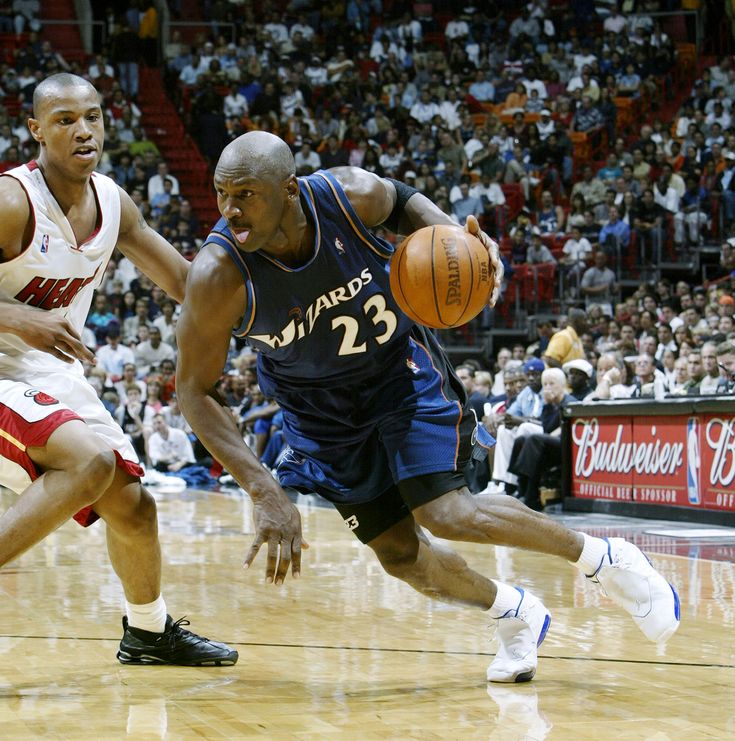
How did it happen?
To answer this question, needs to understand how maximum contracts are formed .
Maximum contracts come in three levels depending on the player's experience:
A player can jump up one category by becoming MVP, NBA Defensive Player of the Year or making the All-Star Team of the Season. At the same time, all these 25, 30 and 35% form only the salary in the first season. For example, now 25% of the ceiling is the salary of Russell, Porzingis, Booker, Townes. The first two signed a contract this summer, and the last two lasted a year ago, just their agreements implied entry into force in 2019-m.
And then everything changes: Russell, who signed a contract with a new team, Golden State after Brooklyn, will have an annual increase of 5%. Towns, who lasted with Minnesota, has 8%. And next year their salaries will be different.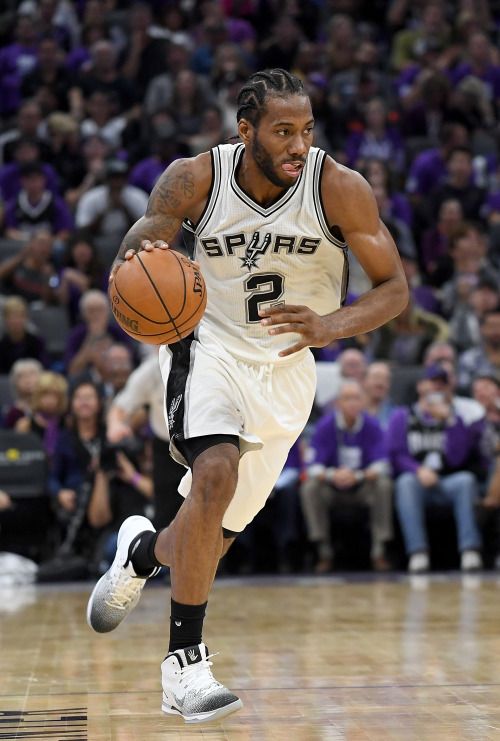
Other players signed maximum wages in other years when there was a different salary cap. Anthony Davis received 25% of the ceiling in 2016 (he could have received 30%, but he got injured in the key season 15/16 and did not make the team of the season). Then, when he moved to the Lakers, he voluntarily forfeited a trading bonus so the Los Angelesers could sign a third star this summer.
Voiceover: They couldn't.
So it turned out that Davis and three other maximum speeds in 2016 are not included in the top 30, since they are slightly behind the maximum contracts concluded later, in 2017-2019 - the growth rate of the ceiling and, consequently, the new maximum speeds were higher than the increase in their contracts .
Six people signed a new contract this year with a starting salary of 30% of the ceiling. And they are all different:
The strangest one is with Kyrie Irving: 1 million allocated to 8 bonuses, for which he needs to play in 70 games, hit 88.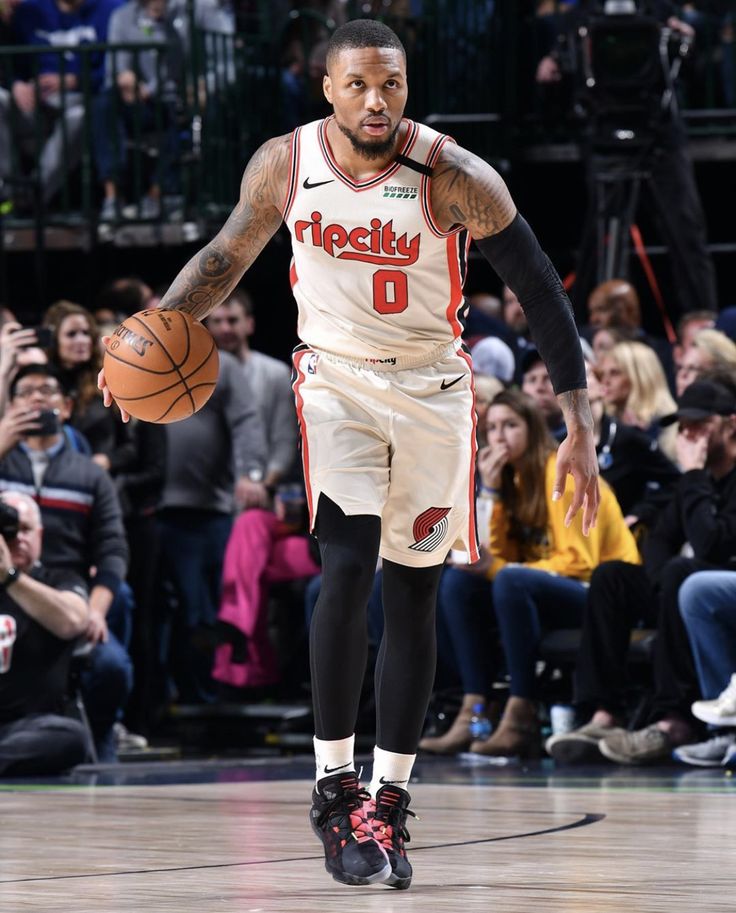 5% of free throws in a season, lose the ball no more than 2.4 times per game and so on. He did not achieve all this a year ago, and bonuses are not yet taken into account in his salary.
5% of free throws in a season, lose the ball no more than 2.4 times per game and so on. He did not achieve all this a year ago, and bonuses are not yet taken into account in his salary.
Tobias Harris will receive the maximum in the first year of his contract only, and will receive a total of 10 million less in the remaining seasons.
Clay Thompson signed up for 5 years.
Kemba Walker and Jimmy Butler - for 4 years, the only difference is a possible trading bonus in Kemba's contract.
Kawhi signed up for 3. And the third year is a player option, so he should be a free agent again in 2021.
Yes, it's strange to see Kawhi Leonard outside the top 10 - but he chose this path himself (as the last NBA finals showed - he did the right thing). If the forward did not change teams, but remained in San Antonio, then this season his salary would be the same as that of Harden or Durant. But he has a different financial mechanism turned on: better conditions for winning the championship + a large market for new advertising contracts = the opportunity to get much more than the extra 5-6 million a year in the club salary.
Did you really think there was no calculator built into Kawhi's operating system?
P.S. Interestingly, in the top 20 - only Americans, this has not happened since the implementation of the salary cap in 1984! A new generation of super-foreigners, constrained by the financial rules of the NBA, has not yet reached the old American star guard.
King James always wants to be at the top of the list. But he was the most expensive NBA player only once : in the 2016/17 season. Before that, the Miami discount to team up with Wade and Bosch, the move back to Cleveland on a one-year contract, the technical impossibility of reaching Kobe's maximum salary. And then Curry, who has been playing in one club all his career, took the lead - after all, the NBA salary rules reward those stars who do not change clubs: they get a slightly higher maximum salary, a little longer, a little earlier.
But LeBron was always pissed off about the concept of a maximum salary. Why should workers be capped by some sort of salary cap? Why can't he earn in the NBA as much as she earns on him? According to various statistical metrics, the benefit of LeBron in his peak years should have been paid by a contract of 70-80 million a year 2003, with a completely different salary cap.
Why should workers be capped by some sort of salary cap? Why can't he earn in the NBA as much as she earns on him? According to various statistical metrics, the benefit of LeBron in his peak years should have been paid by a contract of 70-80 million a year 2003, with a completely different salary cap.
Even now, LeBron James's salary would be much more than 37.4 million if there were no artificial restrictions in the NBA. Reference point? Let's take Cristiano Ronaldo. Similar age, status, achievements, popularity, the situation with the transition to another club, even advertising contracts they have about the same level of income. Ronaldo earns about 64 million a year from Juventus before taxes; LeBron, it turns out, almost half as much.
Nevertheless, LeBron will still be the first - in terms of total career earnings . In the upcoming season, he (307 million) will overtake Shaquille (286 million) and will be second only to Kobe Bryant (323 million) and Kevin Garnett (334 million), whom he will overtake in 2021.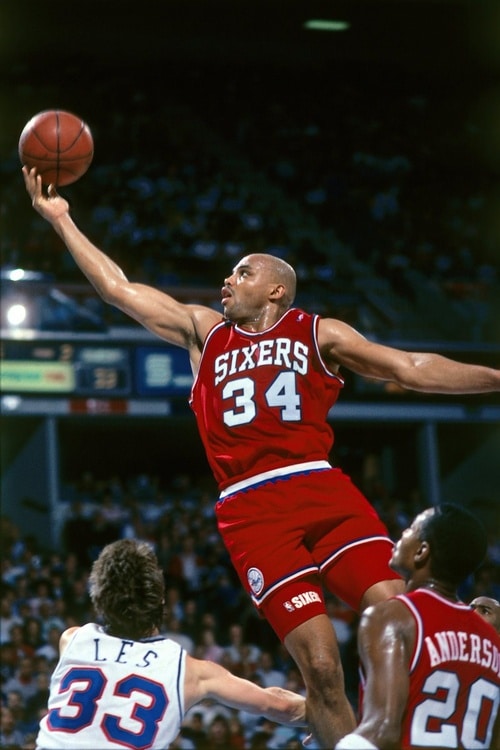 LeBron will earn almost $400 million in the NBA by the end of his career - and even more from advertising contracts. The dream of becoming a billionaire is getting closer.
LeBron will earn almost $400 million in the NBA by the end of his career - and even more from advertising contracts. The dream of becoming a billionaire is getting closer.
Fans often demand strict logic in issuing maximum contracts. That they should only be given to MVPs or champions, that clubs shouldn't give big contracts to non-All-Star players, that only five/two/ten people/one LeBron/all 510 NBA players are eligible for the top salary.
Actually there is no logic.
The maximum contract, even the largest possible one (35% of the ceiling), can be obtained for real services to the club, like Harden - and still there will be people who consider his salary too high.
You can - for previous achievements. Kevin Durant will make over $38 million in a season without a game for Brooklyn due to a Achilles tear, but the Nets believe he can return to his former superstar level and add championship experience to the team.
Or you can - for vague promises to become a top player in the NBA, as was the case with John Wall.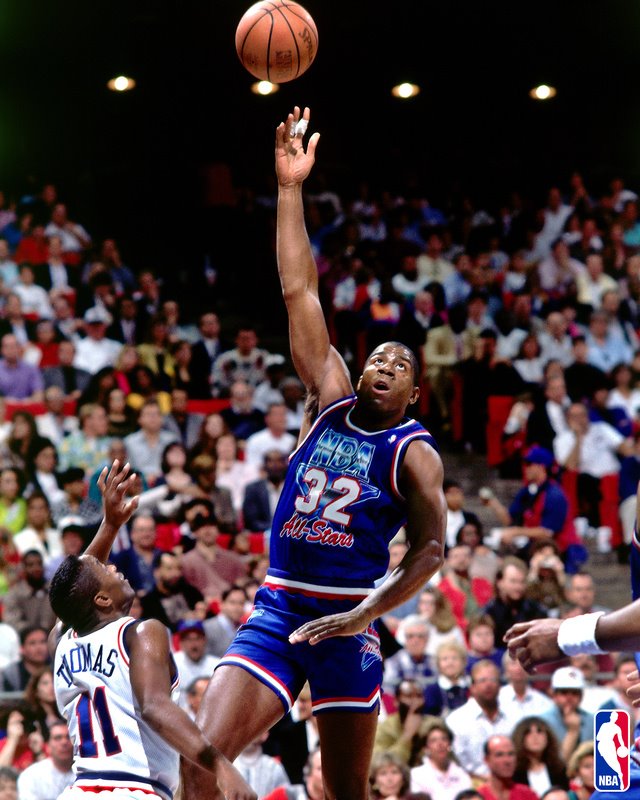 He sparkled in the second half of the 2016/17 season and made it to the NBA's third All-Star Five, which qualified him for a Supermax contract extension. And "Washington" then gave him this 170 million extension for 4 years, which is effective now.
He sparkled in the second half of the 2016/17 season and made it to the NBA's third All-Star Five, which qualified him for a Supermax contract extension. And "Washington" then gave him this 170 million extension for 4 years, which is effective now.
Since signing, Wall has never played more than 50% of his season and, like Durant, will miss the 2019 season/20 whole. But in 2017, he was a rising star, soon to be the best defenseman in the conference, and was priced into a super max contract...
Or just the Washingtons. A team that hasn't played in an Eastern final for 40 years.
Westbrook and Paul are united not only by the fact that they were traded for each other in July, but also that since 2018 they have an identical salary. They were extended through different mechanisms, but came to the same numbers (although Westbrook has a contract for a year longer).
Why are their salaries higher than the Durant-Harden Wall trio? Again, remember that the maximum salary depends on the ceiling, which grows unevenly .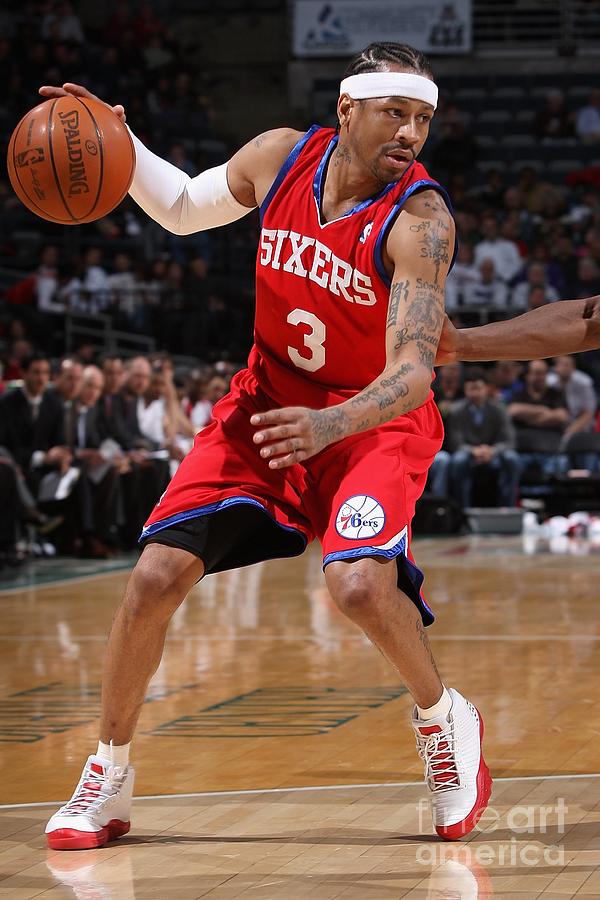 The annual salary increase is 8%, while the salary cap has increased by only 7.14% in the last year.
The annual salary increase is 8%, while the salary cap has increased by only 7.14% in the last year.
Contracts in the NBA, as already mentioned, are not reviewed - neither as a result of negotiations between the parties, nor by any automatic rules, so in a year Westbrook and Paul are entitled to 41 million, in two - 44 million each. And this figure will not change, even if all countries, including the United States, follow the example of China, turn their backs on the NBA, and the salary cap falls from 109million dollars to 109 million cents.
Next year, Durant, Harden, Wall, Paul and Westbrook will break the $40 million salary bar with their supermaxes. But they won't be the first.
Steph Curry won his first MVP and first title, being fourth in salary on his team, and 53rd in the league behind JaVale McGee, Larry Sanders and Andrea Bargnani.
Second MVP - fifth salary with the Warriors and 61st in the NBA, behind Amir Johnson, Demarre Carroll and Brandon Knight.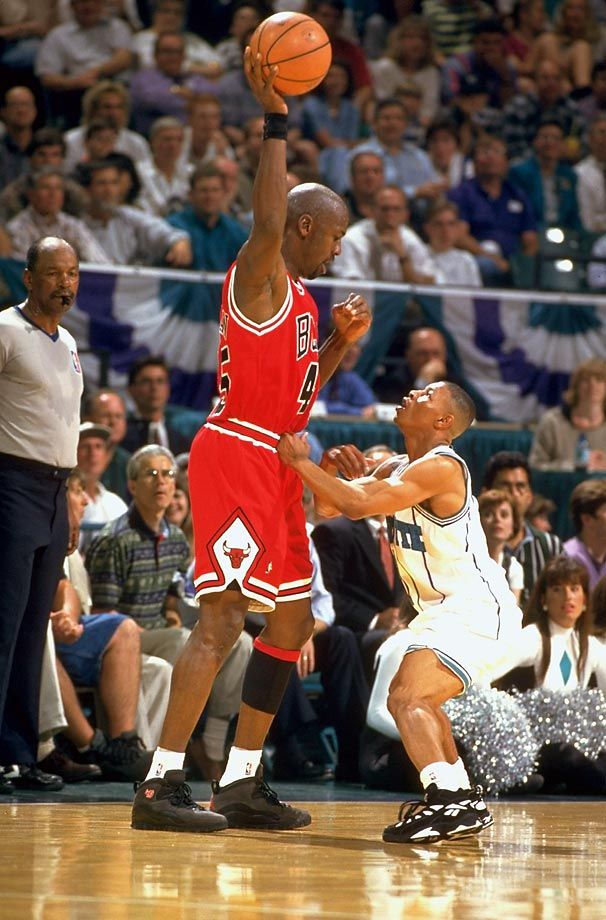
Second title - Curry is the 82nd highest paid in the NBA, and it's too long to list role players earning more. At the time, Curry's salary of $12 million was closer to the minimum (1.3 million) than the maximum (26.5 million).
Just before the third title, Stef was given the contract he deserved. The largest in history at that time - 201.2 million dollars.
The third season of this contract breaks the historic mark of $40 million. However, taking into account inflation, this is not a record, but only the third most expensive indicator.
Jordan has the first two, of course. His 30 million in 96/97 would be $49 million in today's dollars, and his 33 million in 97/98 would be $54 million.
more than the entire salary cap), we may never see again.* * *
You can complain that your parents forgot to send you to the basketball section or fed you little carrots, cottage cheese and oatmeal, in the comments.
Photo: globallookpress. com/TPG/ZUMAPRESS.com, /Naoki Morita/AFLO; Gettyimages.ru/Sean M. Haffey, /Ezra Shaw, /Al Bello
com/TPG/ZUMAPRESS.com, /Naoki Morita/AFLO; Gettyimages.ru/Sean M. Haffey, /Ezra Shaw, /Al Bello
On the other hand, there have been many instances in the NBA where players have missed a full year or more and then returned to the NBA, some on a farewell tour, others as if nothing had happened. At the same time, many of those who returned were not just stars, but basketball legends. What can I say - five players who were once recognized as the best in the NBA were returning from retirement in order to dust a little more and please their fans.
Kermit Washington - 1987-88*
* - the season the player returned from retirement
In total, about 30 players returned to NBA professional basketball after the announcement of their retirement - and Kevin Willis, who became the Methuselah of the NBA at 44, and Jeff Ruland with his stoic return to lounging knees, and some other bright players.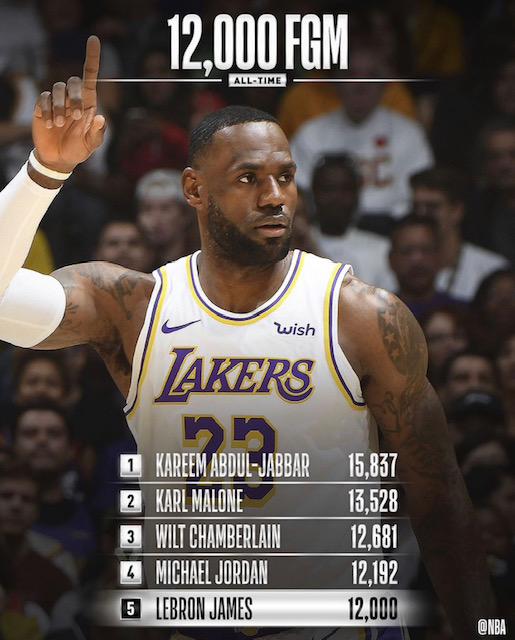 Let's start with Kermit Washington. His career was first broken by an incident with Rudy Tomjanovich and then by injuries. Quit playing for the first time Kermit at 30 years old, but then returned 5 seasons later to spend a total of less than an hour on the floor in 6 games and say goodbye to the NBA for good.
Let's start with Kermit Washington. His career was first broken by an incident with Rudy Tomjanovich and then by injuries. Quit playing for the first time Kermit at 30 years old, but then returned 5 seasons later to spend a total of less than an hour on the floor in 6 games and say goodbye to the NBA for good.
Richie Guerin - 1968-69
This year's 1960s Knicks scoring quarterback Richie Guerin will be inducted into the Basketball Hall of Fame. He was selected in the draft in 1954, but another "draft" happened in his life - a call to the troops, and he served in the Marine Corps for 2 years before his career in the NBA. And in 1964, the Knicks felt that Guerin was getting old, and they traded the favorite Madison Square Garden to St. Louis. There, the NBA veteran also took on the duties of a coach, with which he coped well, remaining an active player until 1967 years old. In the 67/68 season, Guerin announced his retirement from playing and concentrated on the role of a coach, winning the title of the best specialist of the season. But the following year, the Hawks moved to Atlanta. In order for the team to be interesting to the public in the new place, in each of the next two seasons, Richie returned to the floor, having played 35 more matches for Atlanta in retirement.
But the following year, the Hawks moved to Atlanta. In order for the team to be interesting to the public in the new place, in each of the next two seasons, Richie returned to the floor, having played 35 more matches for Atlanta in retirement.
Kevin Johnson - 1999-2000
Is it possible to talk about returning from retirement and not think about Johnson? True, usually in such cases they talk about Magic Johnson, but there was another bright point guard named Johnson, who also once took off his sneakers from a nail and went to the floor. Today he is a hero of Sacramento, but in the 90s he was a Phoenix legend. In 1998, he ended his career coaching Jason Kidd and his replacement Steve Nash. But before the 2000 playoffs, Kidd was injured and did not have time to recover for the first round. That's when KJ returned to the league to back up Penny Hardaway, put on a convincing series against the Spurs, and help the team advance to the next round before finally moving on to other things.
Marquez Johnson - 1989-90
Another Johnson, back from retirement and... not Magic again. In 1984, Don Nelson decided to give his Bucks another shake-up and traded one of the team's leaders, four-time All-Star Marquez Johnson to the Clippers. To the Clippers! Well, who does that? At first, Marquez was probably happy - after all, he spent all his childhood, youth and youth in Los Angeles, went to school, which was located in the building next to the then LAC arena. But already in 86, Marquez injured his neck in the game for the "sailboats" and ended his career at 30 years old. Three years later, he tried to return, playing for the Warriors (there, two years before him, Kermit Washington tried to revive his career), but Marquez was only enough for a dozen meetings.
Magic Johnson - 1995-96
Pre-season medical tests in 1991 should have gone unnoticed, instead they changed the entire basketball world.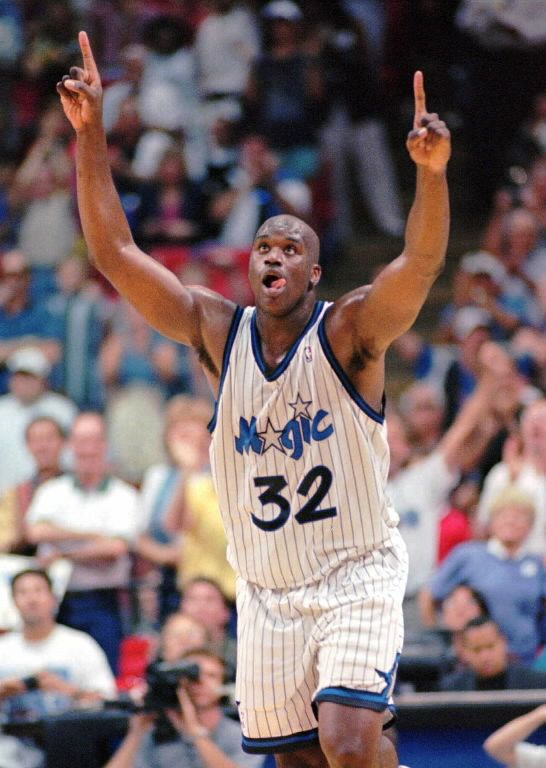 Magic Johnson, who was diagnosed with HIV, retired. Although he went on to play in the touching '92 All-Star Game and become part of the greatest team in basketball history over the summer, he did not play on the NBA floor. In 1994, he tried to coach the Lakers, in 1995 he became a minority shareholder of the team. So at 19In 96, no one was very surprised when Magic decided to return to the floor. And if the Lakers played well with the Magic - 22 wins with only 10 losses - then from a non-basketball point of view, the return turned out to be unsuccessful. Magic was dissatisfied with his playing time and the fact that he had to play a power forward, had a fight with Ceballos and Van Exel, and in general there was not the best atmosphere in the young team, which was waiting for the restructuring, but waited for the return of the old legend from retirement. At the end of the season, Magic decided not to return to basketball after all. And yet: " I am glad that now I am leaving only of my own free will.
Magic Johnson, who was diagnosed with HIV, retired. Although he went on to play in the touching '92 All-Star Game and become part of the greatest team in basketball history over the summer, he did not play on the NBA floor. In 1994, he tried to coach the Lakers, in 1995 he became a minority shareholder of the team. So at 19In 96, no one was very surprised when Magic decided to return to the floor. And if the Lakers played well with the Magic - 22 wins with only 10 losses - then from a non-basketball point of view, the return turned out to be unsuccessful. Magic was dissatisfied with his playing time and the fact that he had to play a power forward, had a fight with Ceballos and Van Exel, and in general there was not the best atmosphere in the young team, which was waiting for the restructuring, but waited for the return of the old legend from retirement. At the end of the season, Magic decided not to return to basketball after all. And yet: " I am glad that now I am leaving only of my own free will.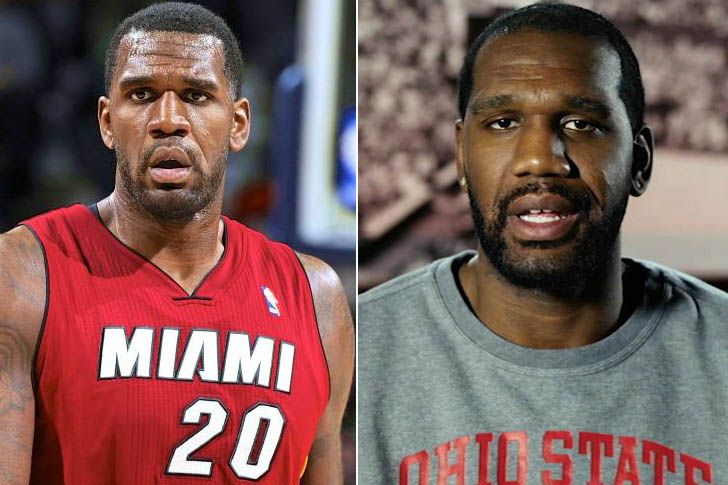 I couldn't say that last time ."
I couldn't say that last time ."
Michael Jordan - 1994-95, 2001-02
This is known to all basketball fans. This is one of the iconic moments in the history of sports of mankind. Honestly, there is nothing to add here - and it is not necessary, if Mike himself managed to fax, consisting of only a couple of words.
He just came back.
P.S. . And then he came back again when he wanted to support the nation after September 11, but just for the sake of a beautiful retirement, which he lacked at 98th.
Dave Cowens - 1982-83
The great Celtics center of the '70s was an odd character. In 1977, he got tired of basketball and worked as a taxi driver for several days to “clear his head” (moreover, he took exorbitant prices from the rich and New Yorkers, and drove ordinary residents of Boston for free). And in 1980, he suddenly decided to end his career right during the pre-season - the man who was selected for the All-Star Game last season hangs his sneakers on a nail at 31! "I think this team will do better without me" , Dave stated.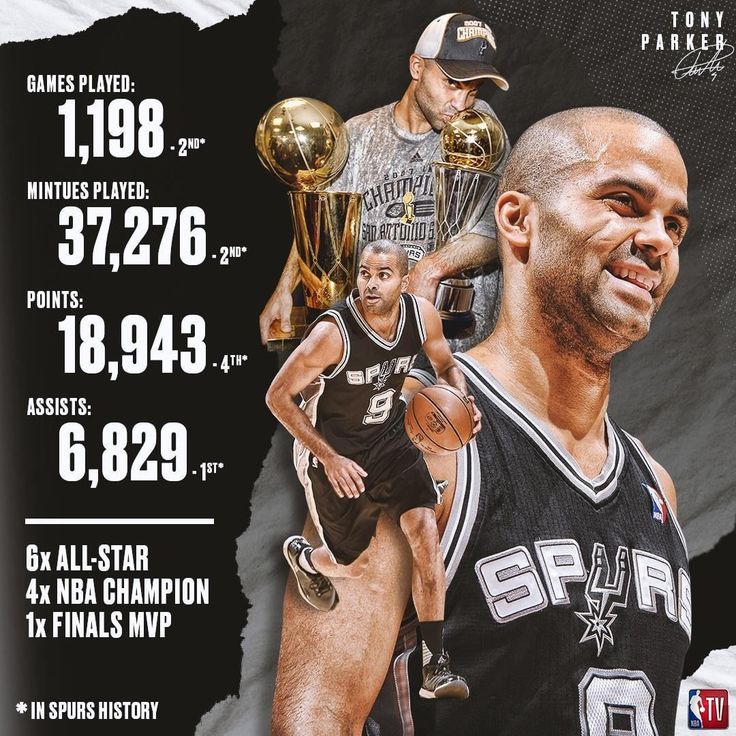 And damn it, he was right! The Celtics took the championship that same season. Cowens argued his departure by the fact that he has no right to receive his high salary when, almost indifferent to sports, he no longer gives all the best on the site. And yet, some basketball remained in him - in 1982, his former teammate Don Nelson, already the coach of Milwaukee, invited Dave to play for the Bucks. Why did Cowens return to the NBA? And who knows... "Honestly, I don't know myself" . After these words, Dave played 40 games and calmed down.
And damn it, he was right! The Celtics took the championship that same season. Cowens argued his departure by the fact that he has no right to receive his high salary when, almost indifferent to sports, he no longer gives all the best on the site. And yet, some basketball remained in him - in 1982, his former teammate Don Nelson, already the coach of Milwaukee, invited Dave to play for the Bucks. Why did Cowens return to the NBA? And who knows... "Honestly, I don't know myself" . After these words, Dave played 40 games and calmed down.
Bob Cousy - 1969-70
Cowens was not the first Celt legend to end his career with Boston and retire for the second time with another team. In 1969, 41-year-old head coach of the Cincinnati Royals, Bob Cousy, who left the Celtics after the 1963 championship title, decided to shake the old days and attract spectators to the stands of the empty Cincinnati Gardens arena. Failed - the Royals remained the last team in terms of attendance, and Kuzi's 7 games did not help the team in any way.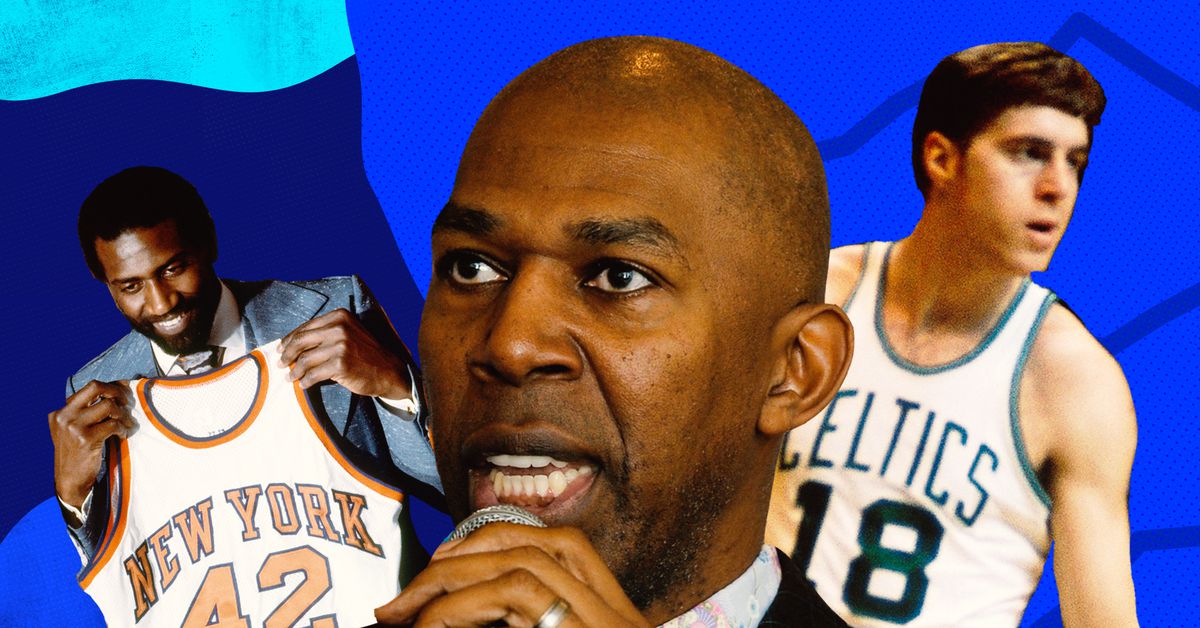 And Bob also had a fight with Oscar Robertson and traded him the following summer. I just put on a uniform.
And Bob also had a fight with Oscar Robertson and traded him the following summer. I just put on a uniform.
George Mikan - 1955-56
He was the first NBA legend and also the first NBA retiree. In 1954, Mikan won another title with the Lakers and announced the end of his career: “I had a family, and I decided to be with her. I felt it was worth looking for a new calling outside of basketball.” . In those years, there was no money in sports, and the 30-year-old Maikan began to look for a new profession. But in the middle of the 55/56 season, George decided to try his luck again in the NBA. Out of shape, suffering from the consequences of a dozen injuries, Maikan did not look like himself. At the end of the season, the center ended his career forever.
Sidney Moncrief - 1990-91
Like his Bucks teammate Marquez Johnson, described above, the best defensive guard of the 80s, Sidney Moncrief clearly underplayed.